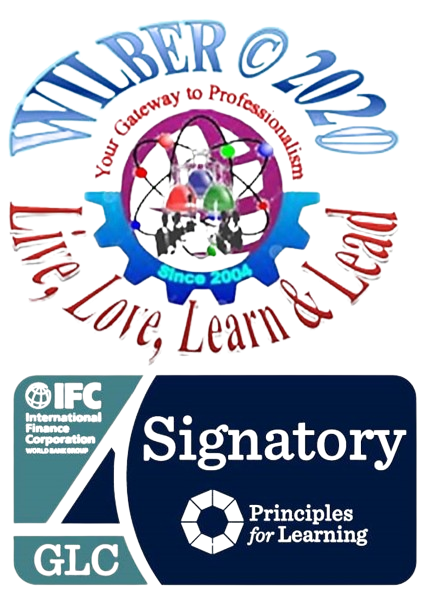THE CHEMISTRY OF FIRE
The discovery of fire and how to use it was of profound importance to mankind. Volcanic eruptions and fires set by lightning may likely have aided in this discovery. It took some time to gain an understanding of the process of combustion

Fire is burning, which is the combustion, and combustion is a type of oxidation reaction. Oxidation means combined chemically with oxygen. Oxidation is an exothermic reaction, meaning it gives releases heat energy.

Fire is heat and light from rapid combination of oxygen and other materials. The flame, which gives the light, is composed of glowing particles of burning material and luminous gases. For fire to exist, a combustible substance must be present, the temperature must be high enough to cause combustion, and enough oxygen must be present to sustain rapid combustion.
The scientific process that explains fire as an oxidation process can be summed up into chemical equations for the oxidation of carbon and hydrogen are:
- C+O2 –>CO2 (This reaction occurs when there is enough oxygen for the formation of carbon dioxide.)
- 2C+O2–> (This reaction occurs when there is only enough oxygen for the formation of carbon monoxide.)
- 2H2 +O2–> 2H2O (These reactions release the energy you feel as heat and light.)

These reactions release the energy you feel as heat and light.
Very few investigators on fire and arson get focused on “CHEMISTRY”, especially when it comes to equations, formulas, and the mathematical applications to understand elements, compounds, and molecules. Most often they prefer to look at it in a practical and simple manner. You NEED NOT WORRY about this, because our next video presentation will make you understand this. WATCH THIS!
So basically, we know now what is an atom, proton, neutron, etc…..
Click the RED arrow to go to the previous lesson:
Click the GREEN arrow to continue! OTHER CHEMICAL PROPERTIES OF FIRE


